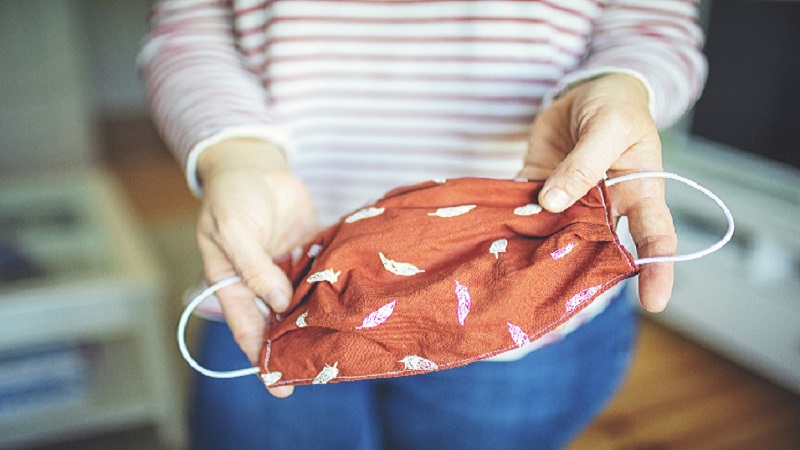COVID-19 Story Tip: Are Two Masks Better Than One? Johns Hopkins Medicine Experts Weigh In
02/09/2021

For those who don’t relish wearing a mask to ward off the virus that causes COVID-19, the trend of double-masking, wearing two masks on top of each other, may seem unbearable. However, Johns Hopkins Medicine experts say that wearing two masks or an N95 respirator in public settings is not necessary as protection from the SARS-CoV-2 virus or its genetic variants.
The best protection, they say, is to ensure that a mask is worn correctly, fits your face, has several layers of tightly woven fabric and is comfortable.
According to the experts, a mask should be worn consistently and appropriately, avoiding the urge to pull it down under the nose and mouth. The mask should not have gaps at the sides, top or bottom. A flexible nose bridge helps the mask conform to the face and prevents eyeglass fogging. In order for a mask to be an effective filter, it should be made from several layers of tightly woven fabric. Finally, it should be comfortable and stay in place to avoid frequent adjustments and touching the mask.
Always wear a mask in public or with other people not part of your immediate household, say the Johns Hopkins experts. Physical distancing, frequent handwashing and avoiding indoor gatherings continue to be important, as well, they say.
Johns Hopkins Medicine experts are available to discuss masking and other prevention strategies for COVID-19.
For information from Johns Hopkins Medicine about the coronavirus pandemic, visit hopkinsmedicine.org/coronavirus. For information on the coronavirus from throughout the Johns Hopkins enterprise, including the Johns Hopkins Bloomberg School of Public Health and The Johns Hopkins University, visit coronavirus.jhu.edu.
